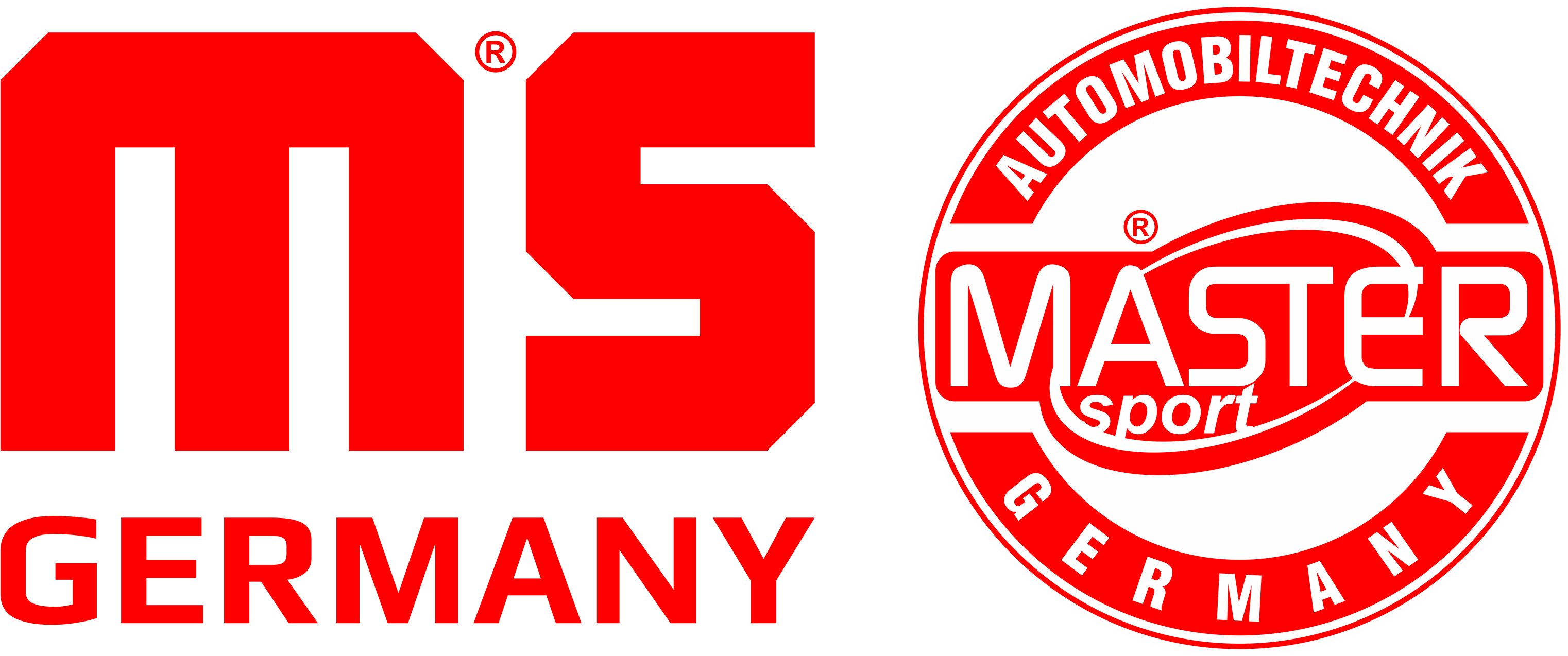The control arm ball joint is one of the key components of a car’s suspension, responsible for the vehicle’s stability and precise handling. Depending on the car model and brand, control arm ball joints can vary in design, materials, and technical specifications. In this article, we will provide an overview of the different types of control arm ball joints used in various car models and brands to help you better understand their specifications and differences.
Types of Control Arm Ball Joints
1. Standard Control Arm Ball Joints
Standard control arm ball joints are most commonly used in passenger cars and light commercial vehicles. They feature a simple design and are made of durable steel. This type of ball joint is mounted in the control arm socket and allows movement in several directions, which is necessary to ensure vehicle stability during driving.
Specifications:
- Material: Carbon steel
- Durability: Medium
- Application: Passenger cars, light commercial vehicles
2. High-Strength Control Arm Ball Joints
High-strength control arm ball joints are used in sports cars, SUVs, and off-road vehicles. They are made from higher-strength materials such as stainless steel or alloy. These types of ball joints are designed to withstand greater loads and provide better durability in harsh operating conditions.
Specifications:
- Material: Stainless steel, metal alloys
- Durability: High
- Application: Sports cars, SUVs, off-road vehicles
3. Adjustable Control Arm Ball Joints
Adjustable control arm ball joints allow for precise adjustment of suspension geometry, which is particularly important in racing and tuned cars. The ability to adjust allows mechanics to set the suspension angles accurately, resulting in better driving characteristics and vehicle stability.
Specifications:
- Material: Alloy steel
- Durability: High
- Features: Suspension geometry adjustment
- Application: Racing cars, tuned cars
4. Composite Control Arm Ball Joints
Modern technologies have enabled the introduction of control arm ball joints made from composite materials, which are characterized by lower weight and higher corrosion resistance. They are used in premium and hybrid cars, where every weight saving and fuel efficiency improvement counts.
Specifications:
- Material: Composites, carbon fibers
- Durability: Very high
- Application: Premium cars, hybrids
Differences Between Control Arm Ball Joints in Various Car Brands
1. Control Arm Ball Joints in European Cars
European car brands such as BMW, Audi, and Mercedes-Benz often use high-precision control arm ball joints. They are designed with maximum comfort and driving stability in mind. Many models feature adjustable ball joints, allowing for precise suspension tuning to the driver’s individual needs.
Specifications:
- Material: Alloy steel, aluminum
- Durability: High
- Features: Suspension geometry adjustment
2. Control Arm Ball Joints in Japanese Cars
Japanese car brands such as Toyota, Honda, and Nissan often equip their vehicles with high-durability control arm ball joints. Japanese ball joints are known for their longevity and resistance to harsh operating conditions. The use of high-quality materials and advanced manufacturing technologies ensures their reliability.
Specifications:
- Material: Stainless steel, metal alloys
- Durability: High
- Features: Durability, corrosion resistance
3. Control Arm Ball Joints in American Cars
American brands such as Ford, Chevrolet, and Jeep often use high-strength control arm ball joints, especially in SUV and off-road vehicle models. American ball joints are designed to withstand high loads and extreme off-road conditions.
Specifications:
- Material: Carbon steel, alloy steel
- Durability: Very high
- Features: Resistance to extreme conditions
Conclusion
The control arm ball joint is a crucial element of a car’s suspension, which can vary depending on the vehicle model and brand. The choice of the appropriate ball joint depends on the type of car, operating conditions, and expectations regarding durability and performance. Understanding the differences between control arm ball joints and their specifications allows for an informed choice that ensures safety and driving comfort.
The introduction of modern materials and manufacturing technologies allows for the creation of increasingly advanced control arm ball joints that meet the demands of even the most demanding users. Regular maintenance and the proper selection of suspension components are an investment in the longevity and reliability of the car.


